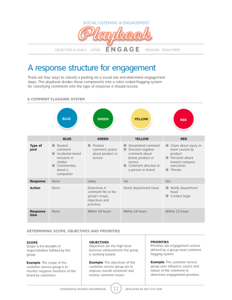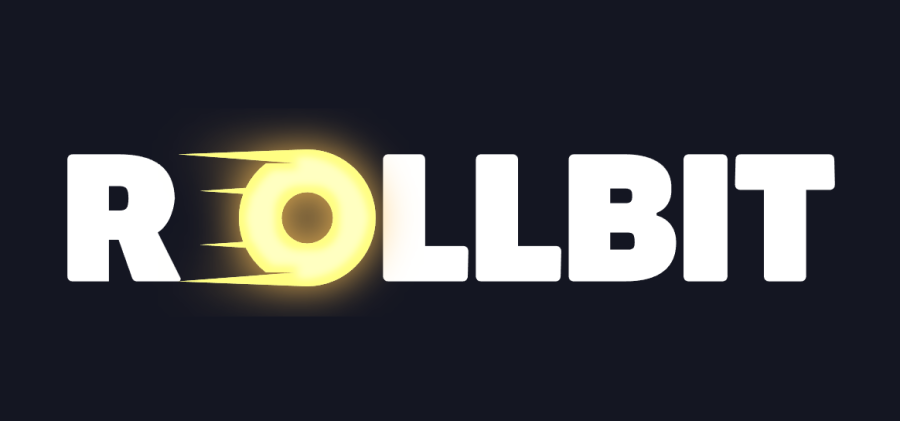
If you are trying to plan out your enterprise’s social media activities, it helps to have a playbook. Several companies have produced such a document, ranging from a few pages to more extensive tomes, and I wanted to give you some tips to preparing your own, as well as talk about best practices.

Perhaps the most famous and most public playbook is one that surfaced two years ago from social media tracking vendor Eloqua, which is available from their website here. In it you can find more than 40 pages of advice, with about half of its pages on using Twitter. There is also information on Facebook, with additional information on other social media platforms. It very dispassionately provides advantages and disadvantages to each platform, along with a more extensive discussion on how you can use social media to cultivate leads.
Radian6 is another social media tracking vendor and they have put their playbook into a Slideshare deck here. The company was acquired by Salesforce.com last year, and they put together a video of their command center where, quite naturally, they showcase how they use Radian6 to track mentions across the various social networks.
And here is a blog post this past summer about what purports to be Phizer’s social media playbook, which is more an extended policy discussion than an implementation document.
I compared these public examples with Dell’s playbook, a 70-page document that I received with the promise that I wouldn’t share it online. Dell’s is probably the most complete and goes into plenty of details. I will try to hit its highlights below.
These examples will help you get started on preparing your own playbook. So what are some of the best practices?
- Say explicitly why social media matters Dell starts off its playbook with why you should care. Eloqua’s playbook says, “Social media works best when there are real people, with genuine intentions and quality content, behind every profile, tweet and tag.” Having this level-setting is important.
- Explain the differences in each platform. Many of the various playbooks show each platform’s strengths and weaknesses. Dell has a chart that delineates social search, social engagement and social commerce parameters across more than a dozen different platforms.
- Be explicit about do’s and don’ts. The best playbooks list both what to do and what not to do when using various platforms. Dell’s goes a step further and reviews big blunders from the past, such as Kenneth Cole’s Cairo tweet and the infamous episode where a Canadian United passenger tried to get the airline to pay for damages to his guitar, saying (pun intended) that the “YouTube video struck a chord with flyers around the world.”
- Show a sample social strategy plan. Dell has a model of such a plan. It has simple objectives, measurable goals and specific tactics. Use something similar in your playbook and the more specific you can make it, the better. Dell goes a step further and has a blank worksheet that you can fill out with your own planning document.
- Focus on the most important platform. For Eloqua, it is Twitter. For Dell, it is Facebook. Whichever platform is most critical; spend more time explaining the ins and outs and how to setup the right information for your business account.
- Understand your brand has a voice and know how to speak it. In Dell’s playbook, there is a section on “How to speak Dell” and the five attributes that are part of Dell’s “voice.” This is a great idea, and your playbook should have something similar.
- Be specific about metrics. How do you measure your social media engagement and success? Your playbook should have scorecards, worksheets and other documents that can be used to calculate whether your social media programs are effective.
Two reference books that you might want to read for more information include Tom Funk’s Social Media Playbook for Business and Social Media Marketing to the Business Customer by Paul Gillin and Eric Schwartzman. Both are about a year old but are still relevant and can help toward building your own playbooks, with lots of examples of how businesses are using social media.
N.B. After I wrote the above story, the folks from Ant’s Eye View contacted me and offered up a sample from their work. They contributed to the Dell playbook and indeed develop playbooks for numerous companies. Check out this sample page here:

Image care of Shutterstock.





















